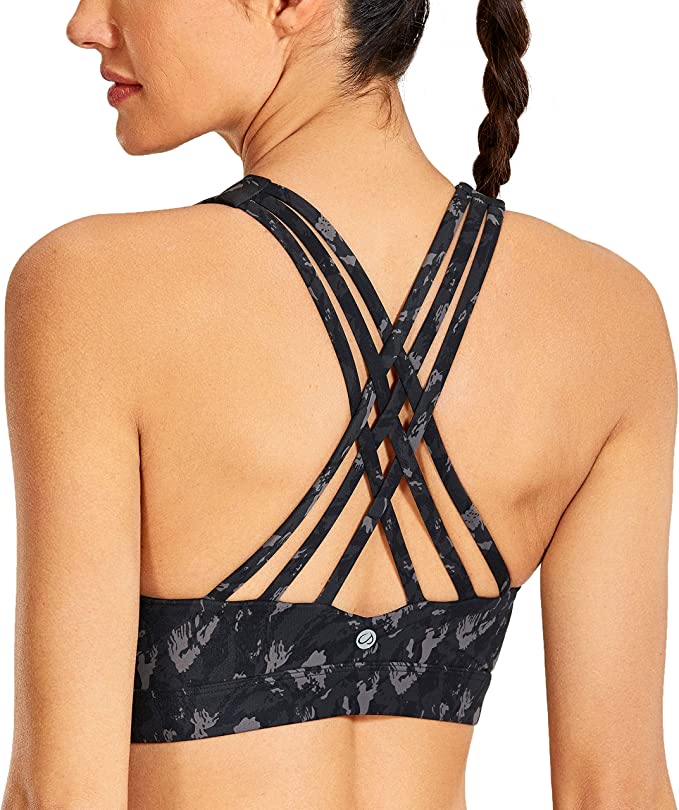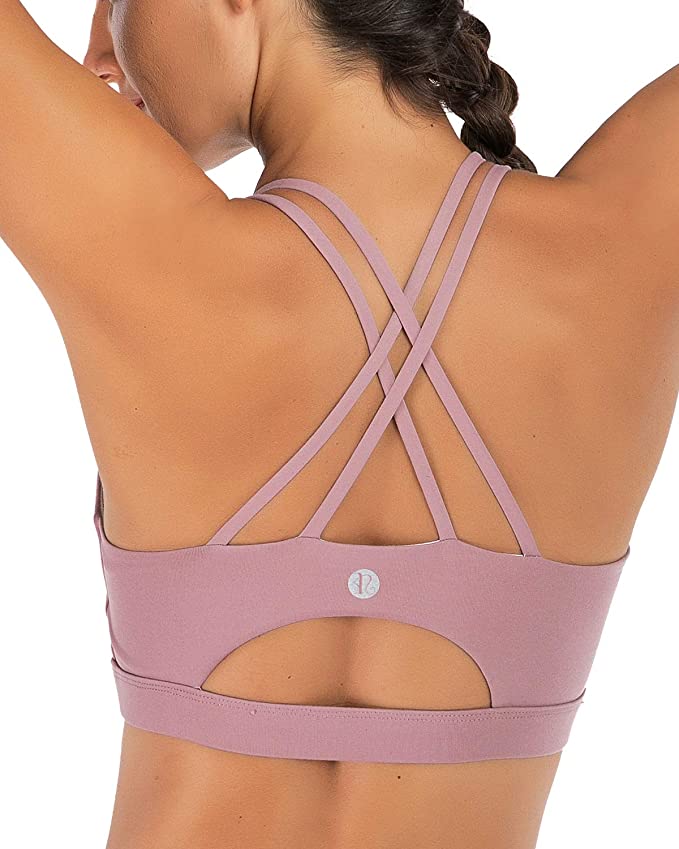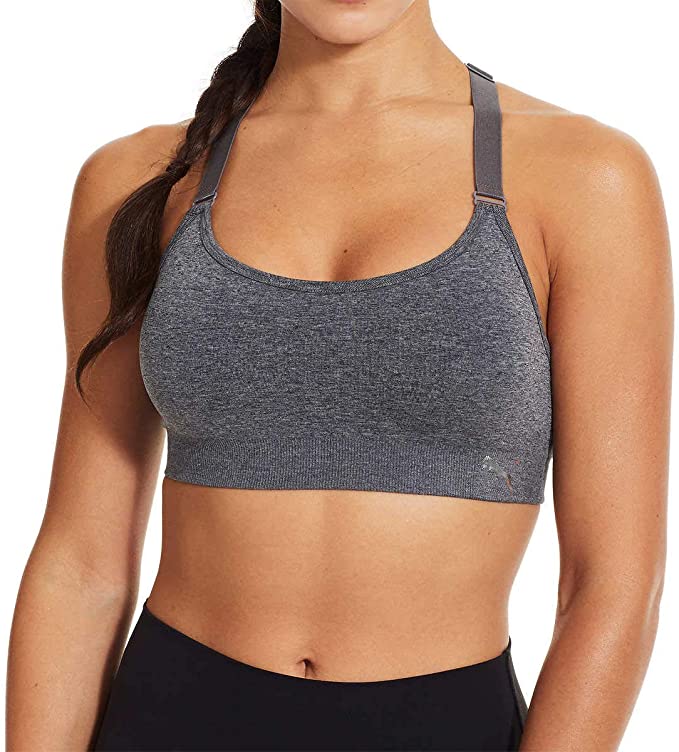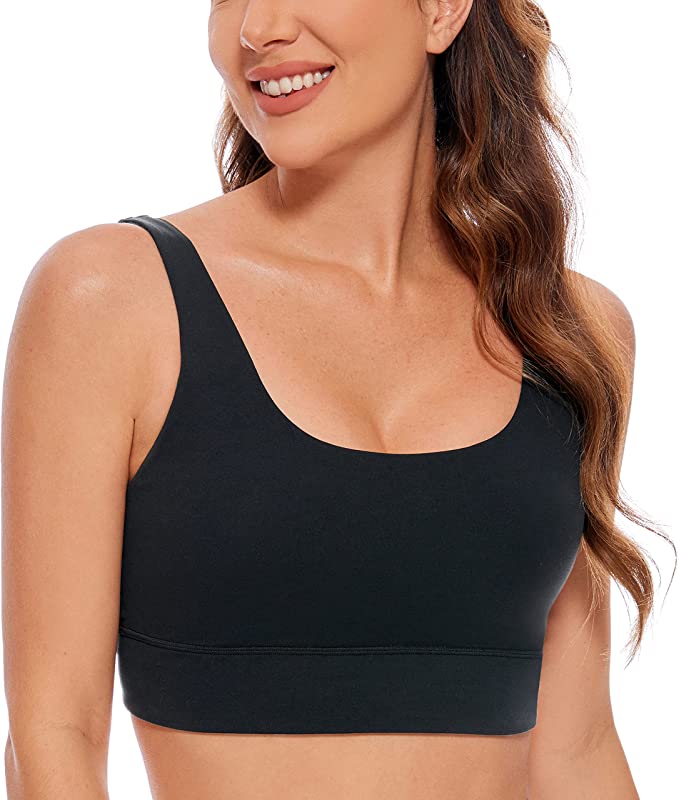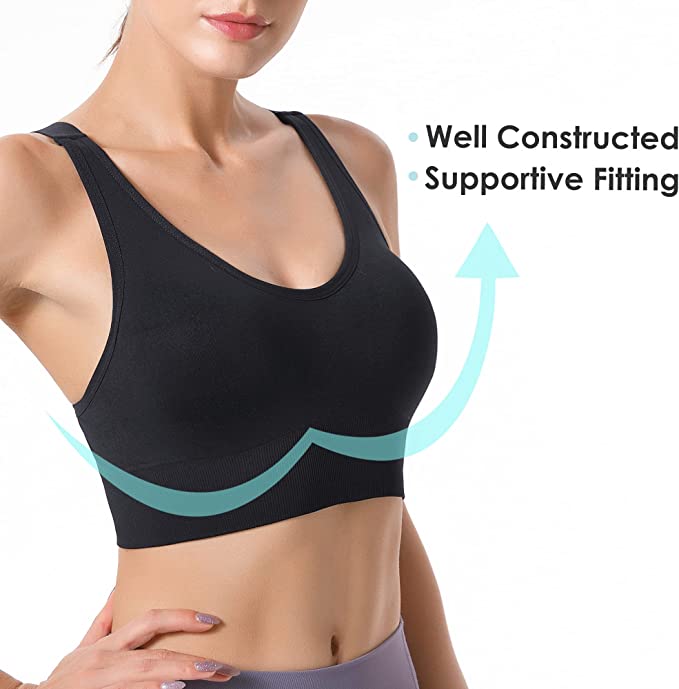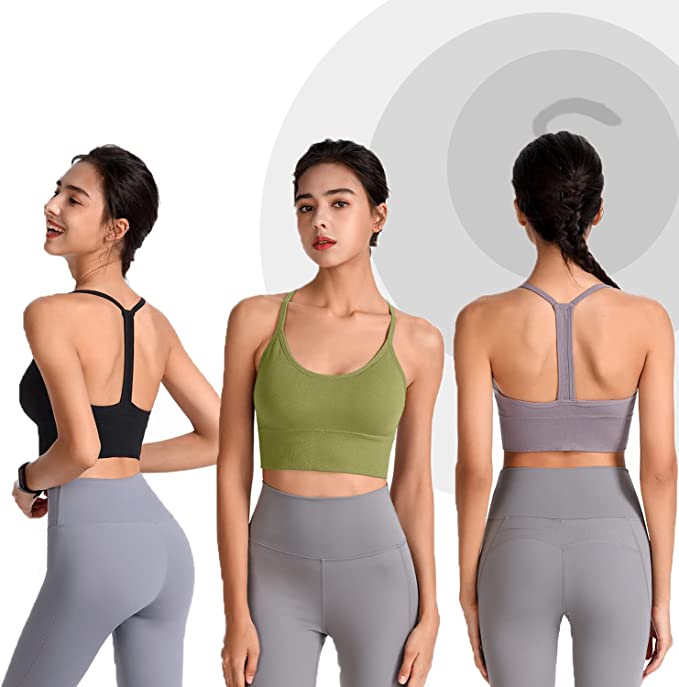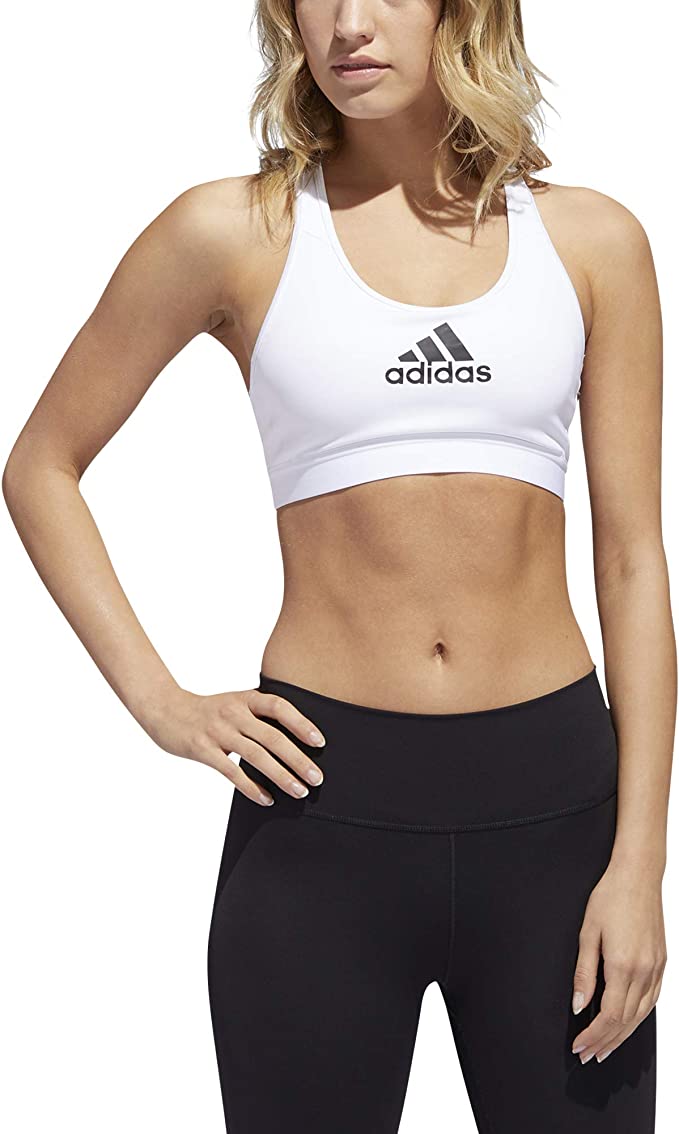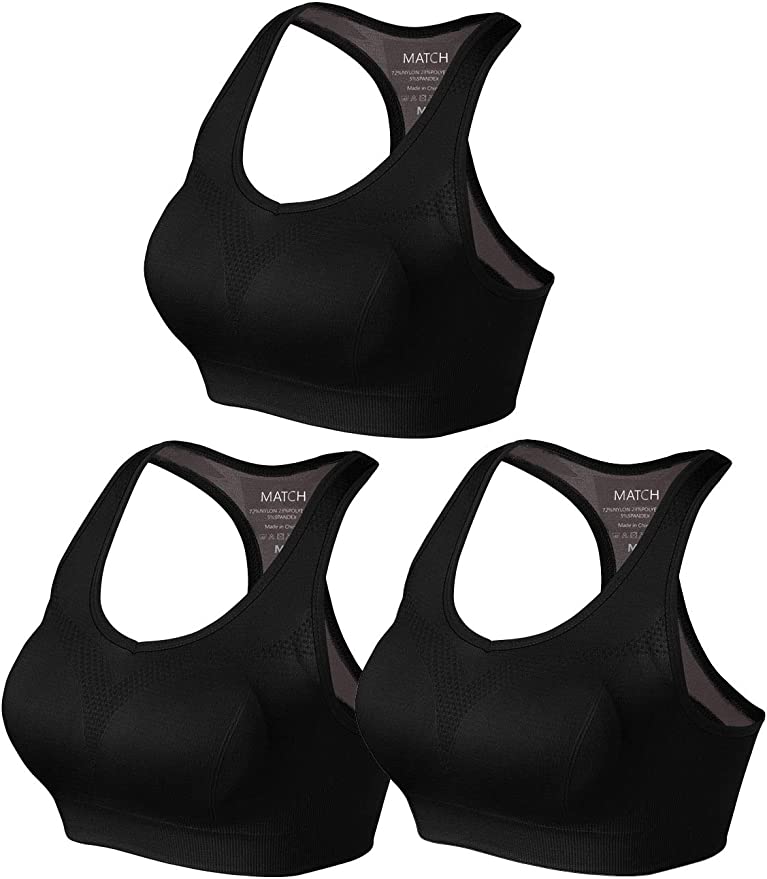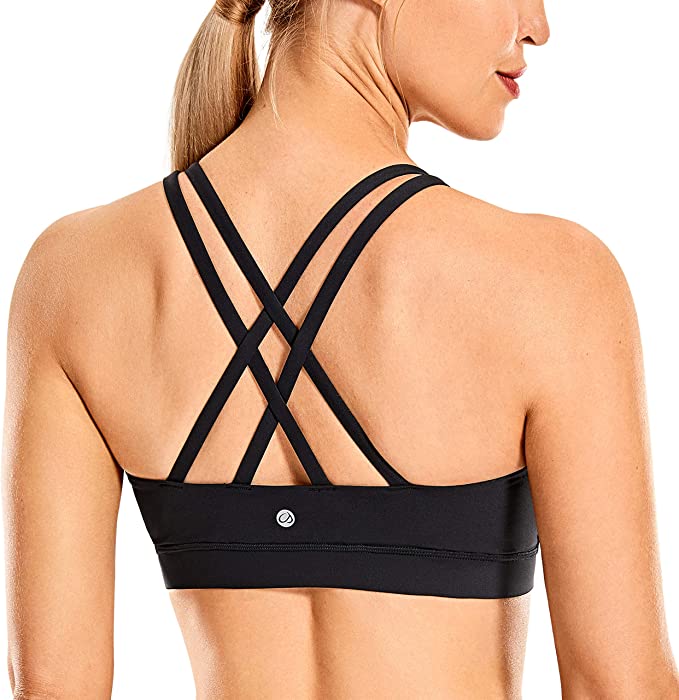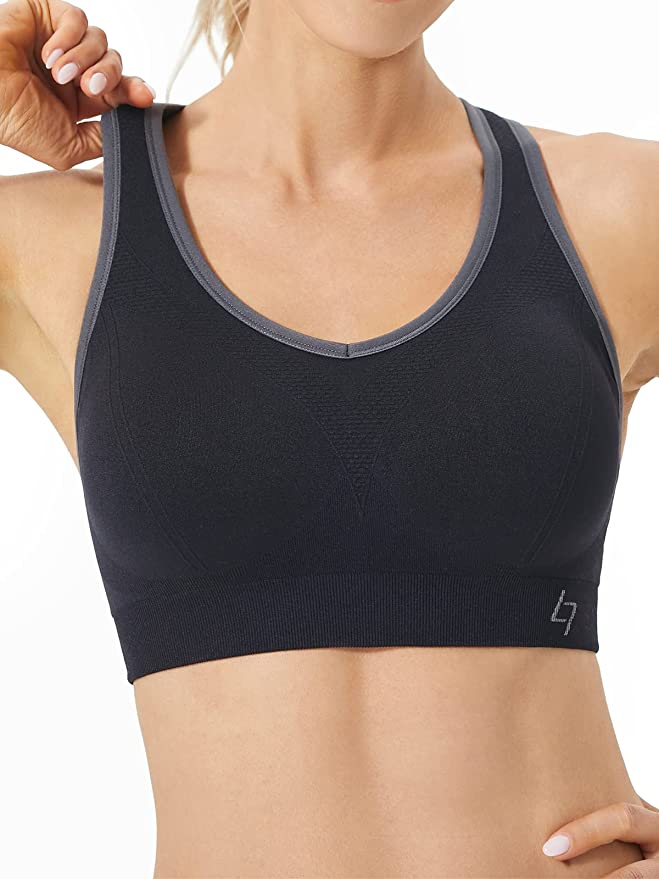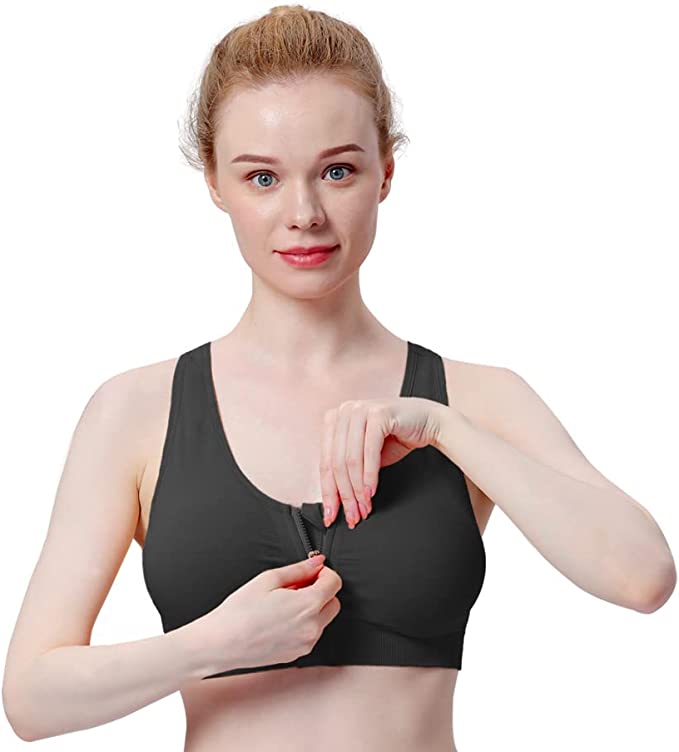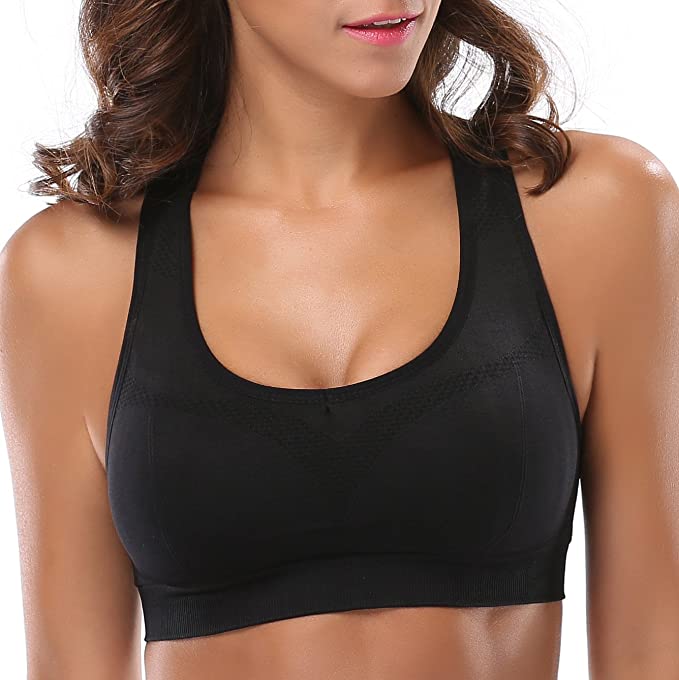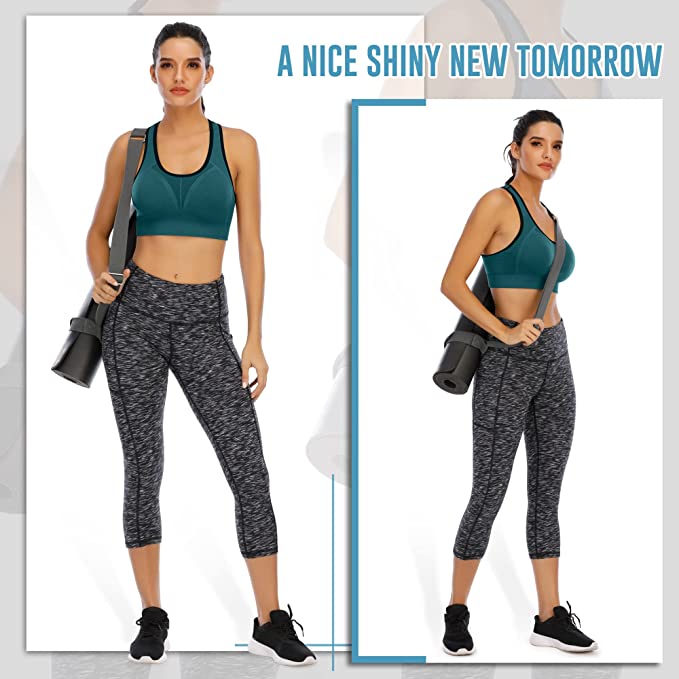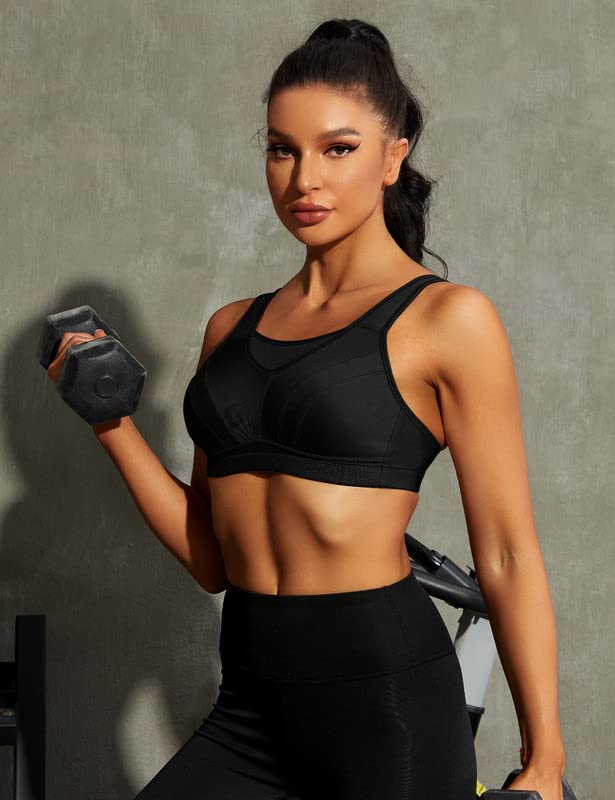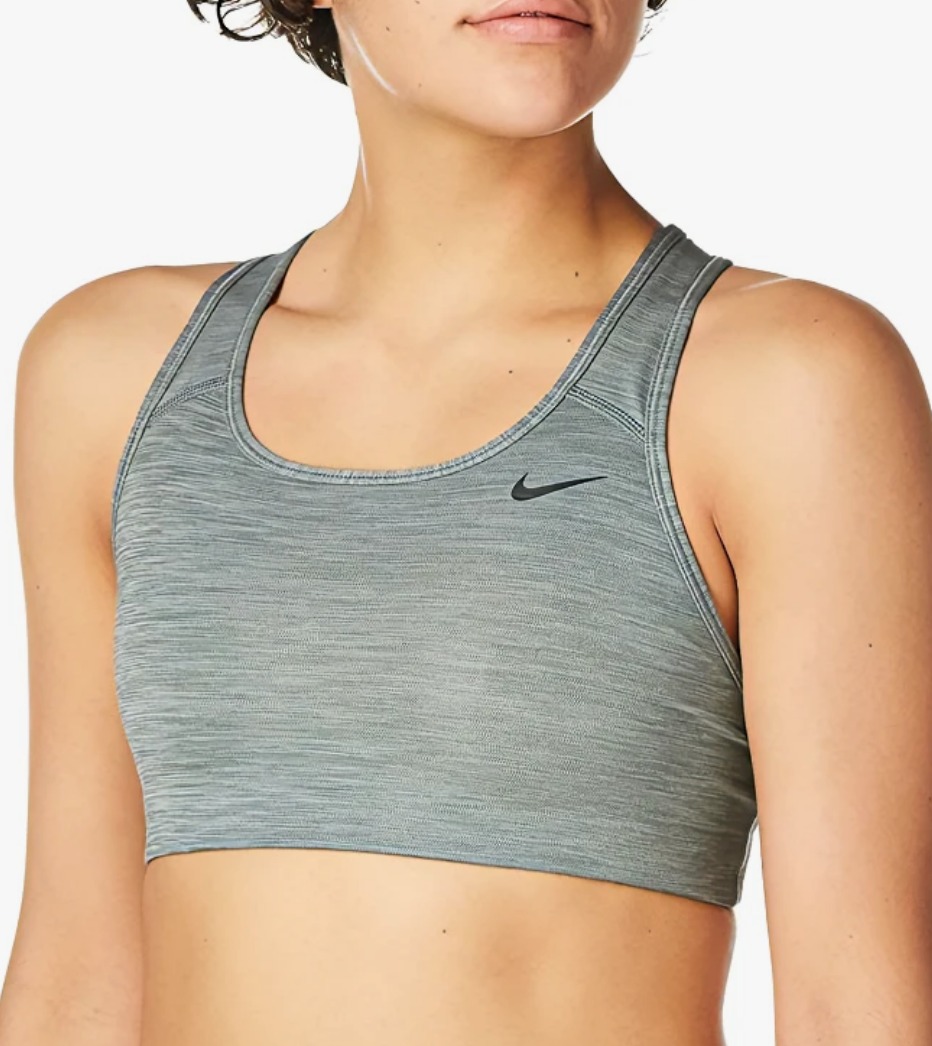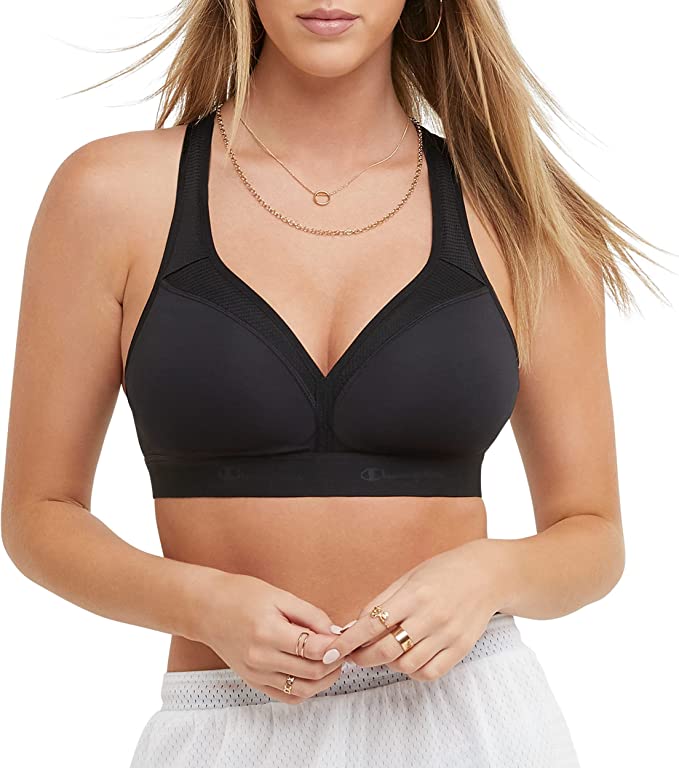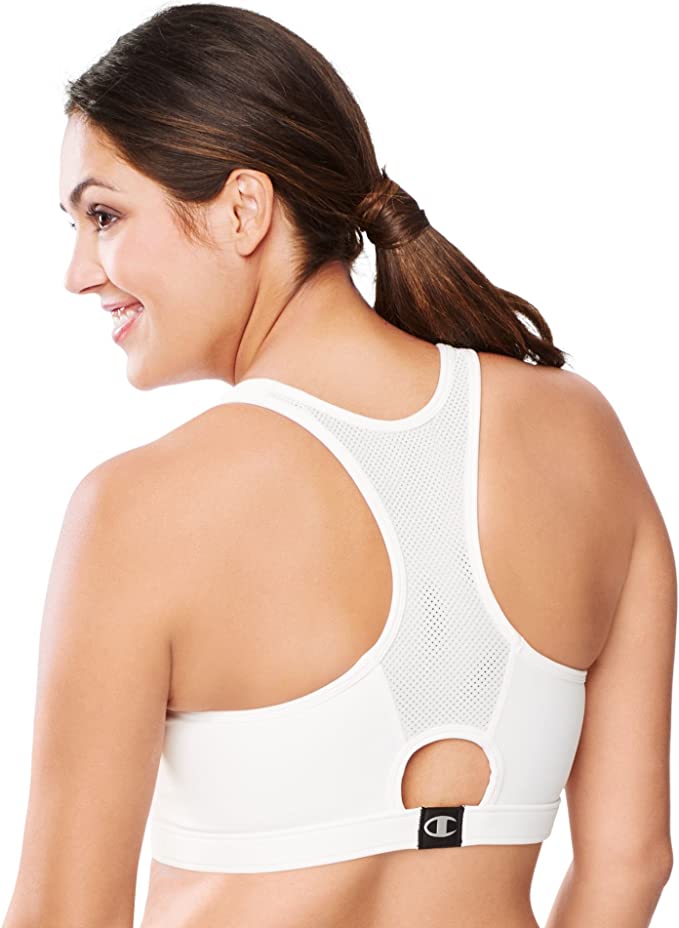Sportneer F1 Fluid Bike Trainer: Bring Your Outdoor Ride Indoors
Update on March 7, 2025, 6:52 a.m.
The Indoor Cycling Dilemma
The sky was a menacing grey, and the wind howled a mournful tune. Sarah, an avid cyclist, peered out the window, her heart sinking with each raindrop that splattered against the glass. Her meticulously planned Saturday morning ride, a challenging 50-miler through rolling hills, was dissolving before her eyes. This wasn’t the first time weather had thwarted her cycling plans, and the frustration was mounting. Like many cyclists, she yearned for a way to maintain her fitness and enjoy the thrill of the ride, regardless of the elements. This is where the world of indoor bike trainers opens up, offering a sanctuary for cyclists facing unpredictable weather, time constraints, or safety concerns.

The World of Bike Trainers: A Quick Overview
Indoor bike trainers have come a long way from the rickety, noisy contraptions of the past. Today, they represent a sophisticated blend of engineering and technology, designed to replicate the outdoor riding experience as closely as possible. There are several main types of trainers, each with its own mechanism for creating resistance:
- Wind Trainers: These use a fan to generate resistance. While simple and affordable, they tend to be quite loud and offer limited resistance control.
- Magnetic Trainers: These use magnets to create resistance, offering a wider range of resistance levels than wind trainers. However, the resistance changes can sometimes feel abrupt or unnatural.
- Fluid Trainers: These utilize a sealed chamber filled with fluid to provide resistance. They are known for their smooth, progressive resistance and relatively quiet operation.
- Direct-Drive Trainers: These require removing the rear wheel and attaching the bike directly to the trainer. They offer the most realistic ride feel and accurate power measurement but are typically the most expensive option.
Why Fluid Resistance Reigns Supreme
Among these options, fluid trainers strike a compelling balance between performance, realism, and affordability. Compared to magnetic trainers, fluid trainers offer a significantly smoother and more progressive resistance curve. This means that as you pedal faster, the resistance increases gradually and naturally, mimicking the feel of wind and road resistance you experience outdoors. Magnetic trainers, on the other hand, often have distinct resistance levels, leading to noticeable jumps in difficulty that can disrupt your cadence and feel less realistic. The inherent quietness of fluid trainers is another major advantage, especially for those living in apartments or sharing living spaces.
Fluid Dynamics 101: The Science Behind the Ride
So, how does fluid resistance actually work? It all boils down to the principles of fluid dynamics, the study of how fluids (liquids and gases) behave in motion. The key player here is viscosity, a fluid’s resistance to flow. Think of the difference between stirring honey and stirring water. Honey, with its higher viscosity, is much harder to stir because it resists the motion of the spoon more strongly.
Inside a fluid trainer, a spinning impeller (a rotor with blades) interacts with a viscous fluid, typically a specialized oil. As you pedal, you rotate the rear wheel of your bike, and via a roller, the impeller inside the trainer. As this impeller spins faster, it encounters increasing resistance from the fluid. This is because the fluid molecules are being forced to move more rapidly and interact with each other more forcefully.
At lower speeds, the fluid flow around the impeller is generally smooth and orderly, known as laminar flow. As the speed increases, the flow becomes more chaotic and turbulent, known as turbulent flow. This transition to turbulent flow contributes to the progressive increase in resistance. The faster you spin, the more turbulent the flow, and the harder it becomes to pedal. The beauty of this system is that it’s inherently self-regulating. There are no knobs to turn or settings to adjust; the resistance responds directly to your effort.

Introducing the Sportneer F1: Fluid Power in Action
The Sportneer F1 Fluid Bike Trainer expertly harnesses the principles of fluid dynamics to deliver a remarkably realistic indoor cycling experience. Its core is a sealed fluid resistance unit containing an impeller submerged in a precisely formulated viscous fluid. As you pedal, the impeller spins within this fluid, creating the progressive resistance that mimics the feel of riding on the road. The faster you pedal, the harder the fluid pushes back, providing a challenging workout that scales seamlessly with your effort.
Built to Last: The Alloy Steel Advantage
The foundation of the Sportneer F1 is its robust frame, constructed from alloy steel. Alloy steel is a type of steel that has been combined with other elements, such as manganese, chromium, or nickel, to enhance its properties. This results in a material that is significantly stronger and more durable than regular carbon steel, while still remaining relatively lightweight. This is crucial for a bike trainer, which needs to withstand the repeated stresses and strains of intense cycling workouts. The alloy steel frame ensures that the Sportneer F1 remains stable and secure, even when you’re pushing your limits.
Stability and Security: The Dual-Locking System
Speaking of stability, the Sportneer F1 features a dual-locking system that firmly secures your bike to the trainer. This system typically involves two points of contact: one that clamps onto the rear axle of your bike (usually with a quick-release skewer) and another that supports the frame. This dual-locking mechanism minimizes any unwanted movement or wobbling, providing a solid and confidence-inspiring platform for your workouts. You can focus on your pedaling, knowing that your bike is securely held in place. This added security, reduces any risk of damage.
Silence is Golden: The Quest for Quiet Indoor Training
One of the biggest complaints about indoor bike trainers is the noise they generate. The whirring, grinding, and humming can be disruptive to others in your household and make it difficult to enjoy music or podcasts during your workout. The Sportneer F1 addresses this concern with its fluid resistance unit, which is inherently quieter than wind or magnetic trainers. The fluid itself dampens vibrations and reduces noise, and the Sportneer F1 also incorporates a specialized noise-reduction wheel that further minimizes sound. While no trainer is completely silent, the F1 offers a significantly quieter experience, allowing you to train without disturbing your family or neighbors. Remember from our earlier user feedback, that noise level can be influenced by your tire tread type. A smooth road tire will generally produce less noise than a knobby mountain bike tire.
Bike Compatibility: Will It Fit My Ride?
The Sportneer F1 is designed to be compatible with a wide range of bicycles, accommodating wheel sizes from 26 to 29 inches, as well as 700C wheels. This versatility makes it suitable for road bikes, mountain bikes, and hybrid bikes. To attach your bike, you’ll typically replace your bike’s rear wheel skewer with the one provided with the trainer. This ensures a secure and stable connection.
Beyond the Basics: Power Training (Even Without a Power Meter)
While the Sportneer F1 doesn’t include a built-in power meter, the concept of power training is still relevant. Power, measured in watts, is the most accurate measure of your cycling effort. Power training involves training in specific power zones to target different physiological adaptations. Although you won’t have precise power readings with the F1, you can still get a sense of your effort level based on your perceived exertion and cadence (pedaling speed). By consistently using the trainer and paying attention to how your body feels at different speeds and gear combinations, you can develop a good understanding of your relative power output.
Indoor Cycling: A Brief History
The concept of indoor cycling isn’t new. Early attempts to replicate the cycling experience indoors date back to the late 19th century, with rudimentary devices that often involved simply elevating the rear wheel of a bicycle. These early trainers were primarily used by professional cyclists for training during the off-season or inclement weather. Over time, various designs emerged, including rollers, wind trainers, and eventually, magnetic and fluid trainers.
The Evolution of Indoor Cycling.
The introduction of fluid trainers in the latter half of the 20th century marked a significant step forward, offering a smoother and more realistic ride feel compared to their predecessors. The development of advanced materials, such as alloy steel, further enhanced the durability and stability of trainers. Today, indoor cycling has become a mainstream fitness activity, fueled by the popularity of virtual cycling platforms and the increasing awareness of the benefits of regular exercise.

Making the Most of Your Indoor Ride
To maximize your indoor cycling experience with the Sportneer F1, consider these tips:
- Create a Dedicated Space: Set up your trainer in a well-ventilated area with enough space to move around comfortably.
- Use a Fan: Indoor cycling can generate a lot of heat, so a fan is essential for keeping you cool and comfortable.
- Protect Your Floor: Place a mat under your trainer to protect your floor from sweat and vibrations.
- Stay Hydrated: Keep a water bottle handy and drink plenty of fluids during your workout.
-
Entertainment: Use music, podcasts, or virtual cycling platforms (like Zwift or Trainer Road) to stay motivated and engaged. These platforms offer virtual routes, group rides, and structured workouts, adding a social and competitive element to your indoor training.
-
Proper Bike Fit: Ensure your bike is properly fitted to you, even when on the trainer. Incorrect bike fit can lead to discomfort and potential injuries.
- Warm-up and Cool-down: Always start with a warm-up and end with a cool-down to prepare your body for exercise and aid in recovery.
-
Listen to your body: Pay attention when you feel pain.
-
Regular Maintenance: Periodically check the tightness of the bolts and the quick-release skewer. Wipe down the trainer after each use to remove sweat and prevent corrosion.
Conclusion: Embrace the Indoor Advantage
Indoor cycling, once considered a last resort for cyclists facing bad weather, has evolved into a sophisticated and highly effective training method. The Sportneer F1 Fluid Bike Trainer, with its smooth, progressive fluid resistance, sturdy construction, and quiet operation, embodies this evolution. It offers a compelling solution for cyclists of all levels, allowing you to maintain your fitness, train for events, or simply enjoy the thrill of the ride, regardless of external conditions. By understanding the science behind fluid resistance and the thoughtful design features of the F1, you can unlock the full potential of indoor cycling and achieve your fitness goals, rain or shine. The ability to control your training environment, the convenience of exercising at home, and the potential for focused, uninterrupted workouts make indoor cycling, and specifically the Sportneer F1, a powerful tool in any cyclist’s arsenal. Don’t let the weather dictate your fitness – embrace the indoor advantage.



